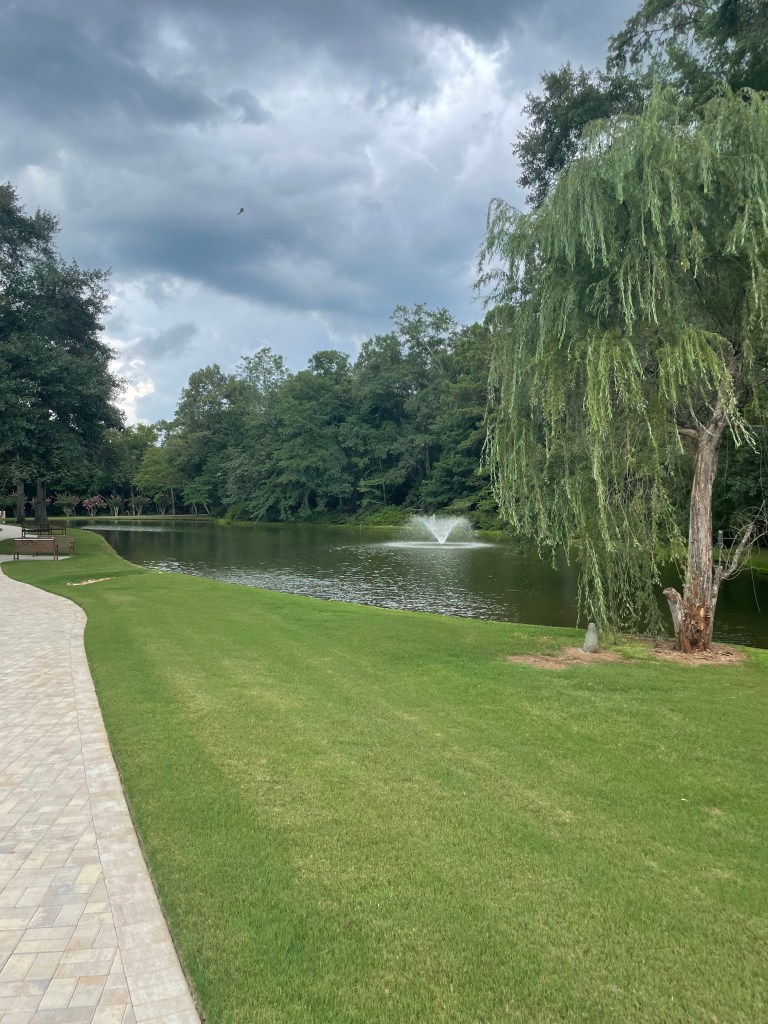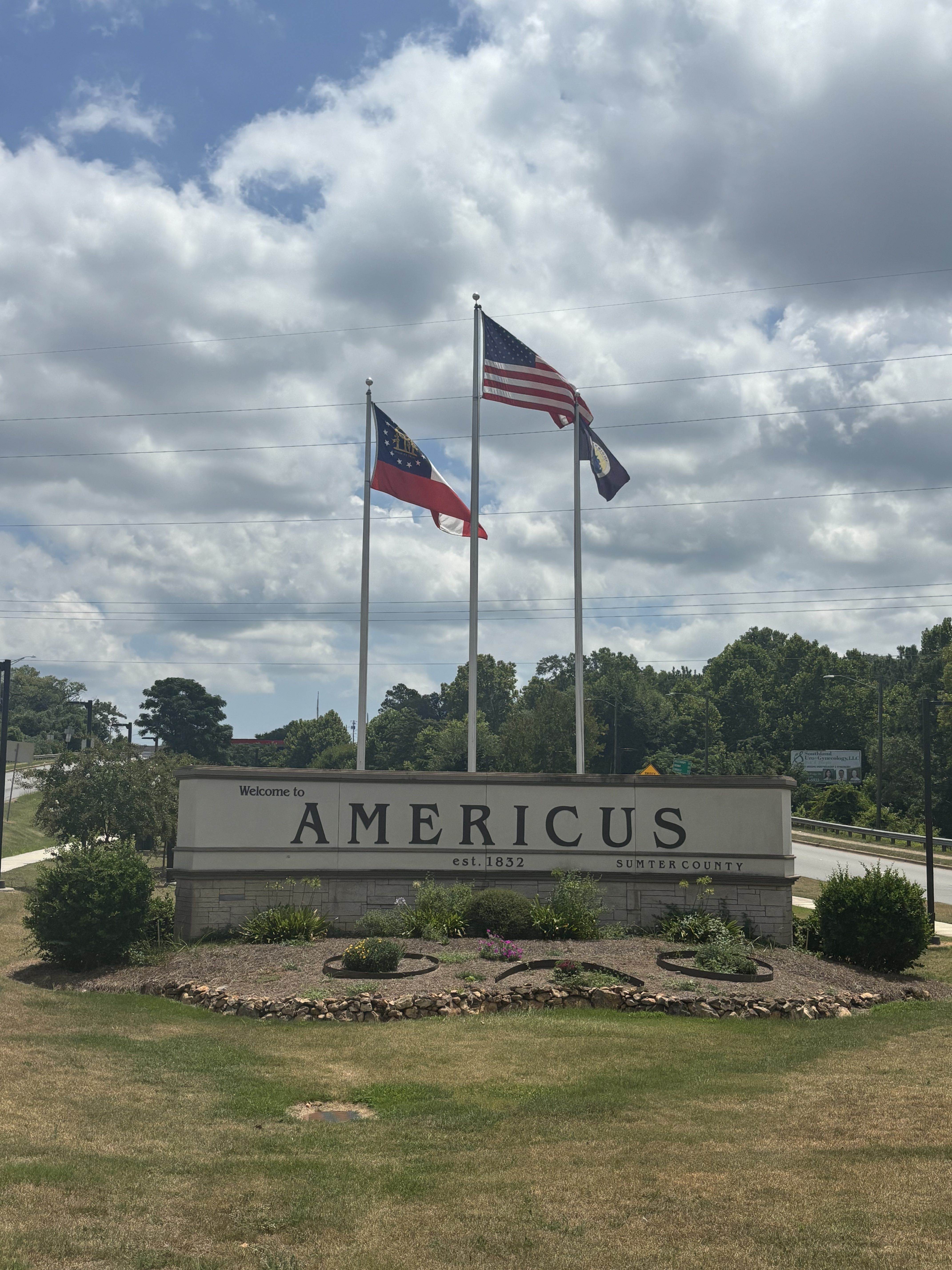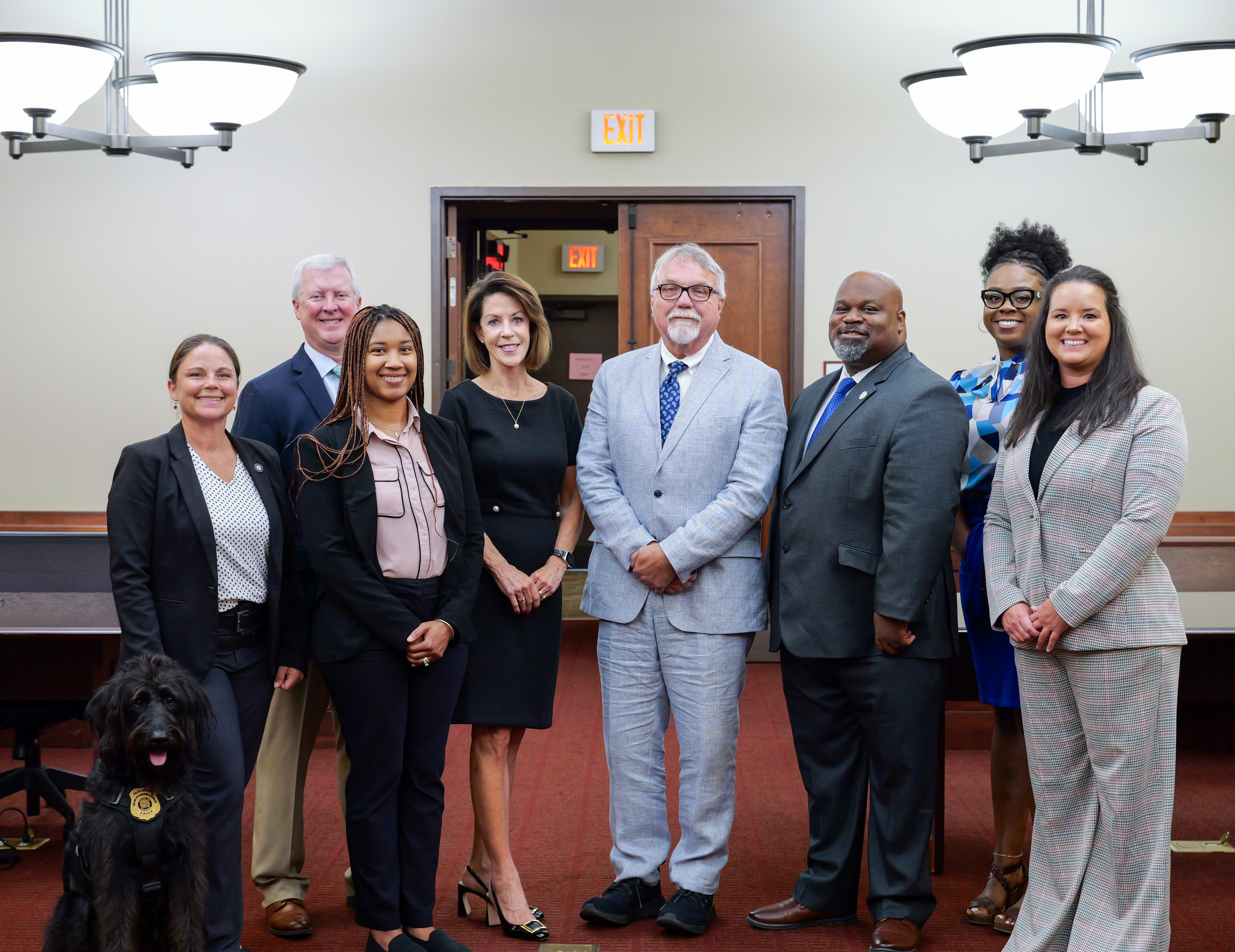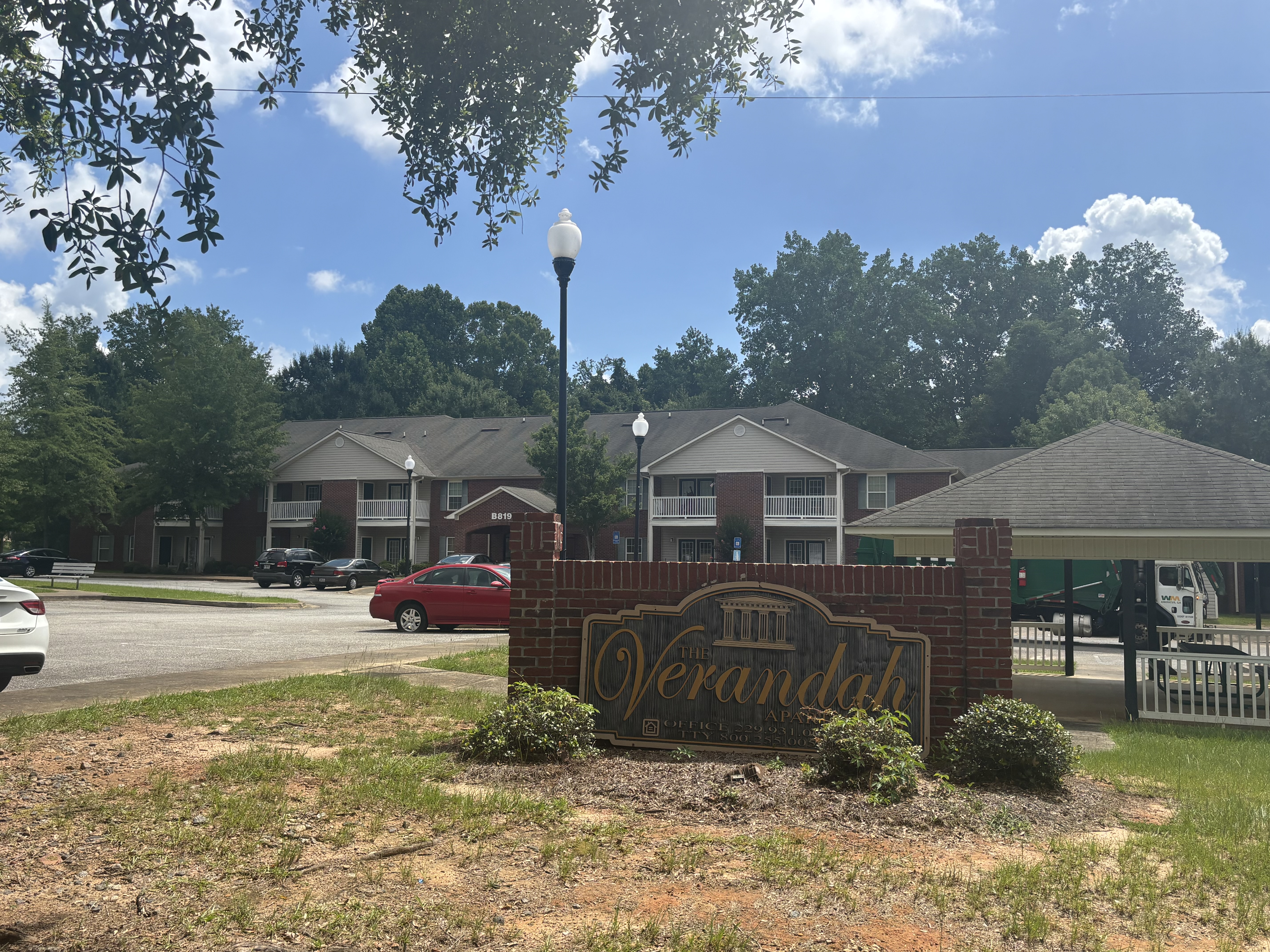Georgia shows up for the Carters
Published 3:08 pm Sunday, July 13, 2025

- Jimmy and Rosalynn Carter’s lasting view.
|
Getting your Trinity Audio player ready...
|
In Plains, Georgia, the sound of water and rustling of leaves fills the silence. On a quiet patch of land framed by white flowers, a butterfly garden, and tall trees, visitors from across the state gather to pay their respects at the gravesite of President Jimmy Carter and First Lady Rosalynn Carter.
There are no lines or loudspeakers. Just a grassy mound, two simple headstones, and the pond the Carters built together. It is beautiful in a quiet way, which is exactly what the Carters wanted.
Jimmy Carter passed on December 29, 2024 and was buried on January 9, 2025 beside Rosalynn, who died just over a year earlier. Since then, the couple’s final resting place has drawn visitors from across Georgia and beyond.
Trending
As they reflect on Carter’s long life, many visitors wonder what led him to choose Plains as his final resting place.
“I think it was a way to stay humble and stay true to himself,” said Monique Neal, who traveled from Albany by train with her friend Monica Blackwell. Neither had visited before, but both were struck by the town’s warmth.
“It’s a quaint little town,” Neal said. “It seems like everybody gets along with each other. It’s like everybody knows each other. It’s nice. It’s open, warming.”
For Blackwell, Carter’s legacy feels personal, as he was president when she was born. “He seemed like a good person, morally,” she said. “He did feel like the best president.”
Neal nodded in agreement. “He was fair; right was right and wrong was wrong.”
Like many who come to Plains, their visit was not about politics. It was about showing up for someone who showed up for others and never truly left home.
Trending
That sense of connection is what brings people like Chris Lafaver and Maureen Spenard. The two friends drove from Lawrenceville to Cordele to catch the train into town. A birthday gift for Spenard, this trip held a special meaning. Originally from Scotland, Spenard moved to Georgia during the final year of Carter’s presidency.
Her admiration for him has grown over time, especially for his humanitarian work. Lafaver spoke fondly of Carter as well. “As I stood there looking at the headstones, I thought what a couple of integrity, so self-sacrificing,” said Lafaver, adding that “President Carter was a man who truly loved our Lord with his whole heart, mind, and soul, and loved serving those of great need.”
The graves themselves are simple, yet powerful. Standing in front of them, one can almost feel the Carters’ presence lingering in the air. Behind them, a butterfly garden adds a burst of color.
“The whole area is beautiful,” Spenard said, describing her time at the graves and Downtown Plains. “Being from Scotland it was so different. It was like walking through an old John Wayne movie I’d sat and watched with my dad.”
Spenard also said she was especially moved by the Rosalynn Carter Butterfly Trail, which brings the flapping of wings and life to the otherwise quiet location.
This care is seen in every part of the site, from the garden design to the park’s preservation.
According to the National Park Service, the Carters’ former residence, which is now part of the Jimmy Carter National Historical Park, is not just a historical landmark. It is a choice. “Despite their extensive global travels and influence, the Carters chose their cherished hometown of Plains, Georgia as their burial site, the town where their lives began, surrounded by the community they loved,” wrote the National Park Service.
And that community has shown up.
Mark and Barbara Philips drove in from Marietta, years since their first visit. They had seen Carter’s high school but not yet visited the gravesite. “He was fair,” Mark Philips said. “He lived a simple, Christian life,” added Barbara Philips, who said she believes Carter will be remembered most for his work with Habitat for Humanity and his role in peace negotiations.
Throughout all of these conversations, one theme comes back again and again: home. “This is where they were from,” said Blackwell. “We return to what’s home and what’s familiar. So, what better place than to be here in Plains?”
That return is what makes the site so moving. The Carters are not buried beneath looming marble columns or behind exclusive velvet ropes. They sit next to a pond the Carters built and loved, surrounded by trees, shade, and peace. Visitors are free to sit, reflect, and feel whatever it is they came here to feel.
It is not just a final resting place. It is a reminder that even a life spent in front of the world can remain rooted.
If you sit long enough on one of the benches by the pond, you can hear the story of a life well lived. If you pay enough attention, the story is seen in the small town of Plains, where Jimmy Carter once picked peanuts, taught Sunday school, built a pond with his wife, and chose to be buried in the backyard.






